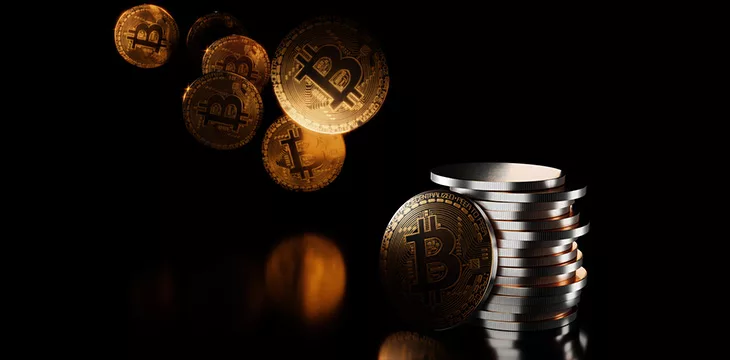|
Getting your Trinity Audio player ready...
|
On May 2, I wrote how BRC-20 tokens on BTC reached a $100 million market cap, and just a few days later, they hit an all-time high of $1 billion. As of writing, they have retraced 60% cumulatively from that point. However, this is just the beginning of a new era in the digital currency space.
*$1 billion https://t.co/nSj3hL8kUt
— shua (@cryptoAcorns) May 8, 2023
Before January 2023, the consensus assumption was that BTC was incapable of tokenization. That assumption has now been shattered. Leading this disruption is $Ordi, the first BRC-20 token deployed atop BTC on March 9. The token rose from nearly zero, without a market price, to $14 before its first exchange listing on Gate.io on May 8, which means that the majority of its volume, price appreciation, and speculation occurred via direct trading on BTC itself, without any debt, leverage or fiat affecting its liquidity.
For these reasons, this is a permanent change to the entire “crypto” industry as the fundamental common assumption held was broken, and demand for on-chain assets was proven. That demand exploded the following week, causing the largest fee spike on BTC in two years, and miners earned more in transaction fees than the block subsidy for the first time since 2017. The BTC price is multiple times higher than then, so this is significantly more income for miners for doing the same amount of work.
Fee income as percentage to the block reward on #BTC is approaching 100% pic.twitter.com/f05hbbgQJz
— shua (@cryptoAcorns) May 7, 2023
In response to this digital renaissance of an on-chain economy, the BTC Core developers have threatened to apply a “bug fix,” effectively nuking millions of dollars in trading overnight. The irony in this threat being effectively asset seizure aside appears to be a do-or-die moment for BTC. The fees became so high that on-chain actively slowed, where BTC miners only earn 0.5 to 2 BTC per block again in fees. However, miners have tasted the potential income from significant on-chain transactions.
Recall that Vitalik Buterin wanted to try smart contracting with script on Bitcoin before creating Ethereum, meaning that the number 2 blockchain may not exist without BTC’s self-imposed and persistent limitations. Therefore, if the market realizes Bitcoin is capable of these features, what is the justification for other blockchains’ existence?
Additionally, wild speculation and demand happened in BTC on-chain without the traditional financial systems’ consent or participation. A popular theory in the “crypto-community” is that the stablecoin Tether is largely responsible for the fiat price appreciation in digital currencies. Why would traditional finance liquidity not chase these assets?
Centralized exchanges have just started to adopt BRC-20s, such as Crypto.com and Huobi. Binance will adopt Ordinal NFTs. $Ordi alone was responsible for nearly 10% of gate.io’s entire exchange volume in 1st 24 hours of trading. Note that this is only digital currency and stablecoin exposure, not necessarily fiat exchanges such as Coinbase (NASDAQ: COIN) or Kraken, let alone venture capital or hedge funds. Again, BRC-20s and NFTs on BTC already proved that they do not need any of these companies to adopt. Unlike nearly every single altcoin who pre-mined, pre-minted, or did an ICO (initial coin offering), Ordinal assets were created on BTC, with BTC, by Bitcoiners.
No need exists for other blockchains, so-called “Layer 2 solutions” or centralized exchanges, as this proves that the market demands the ability to exchange assets directly on-chain, peer-to-peer without any trusted intermediary, just as Satoshi Nakamoto wrote in the white paper in 2008.
Watch: Tokenizing assets on the BSV Blockchain

 12-17-2025
12-17-2025 





